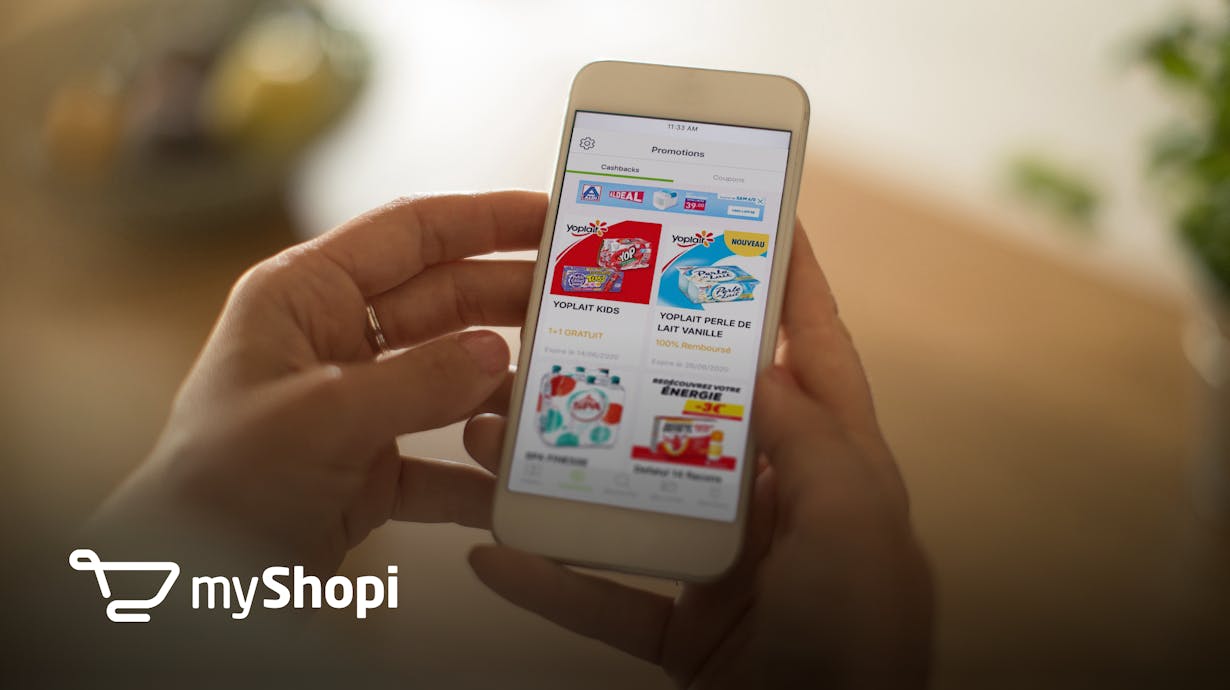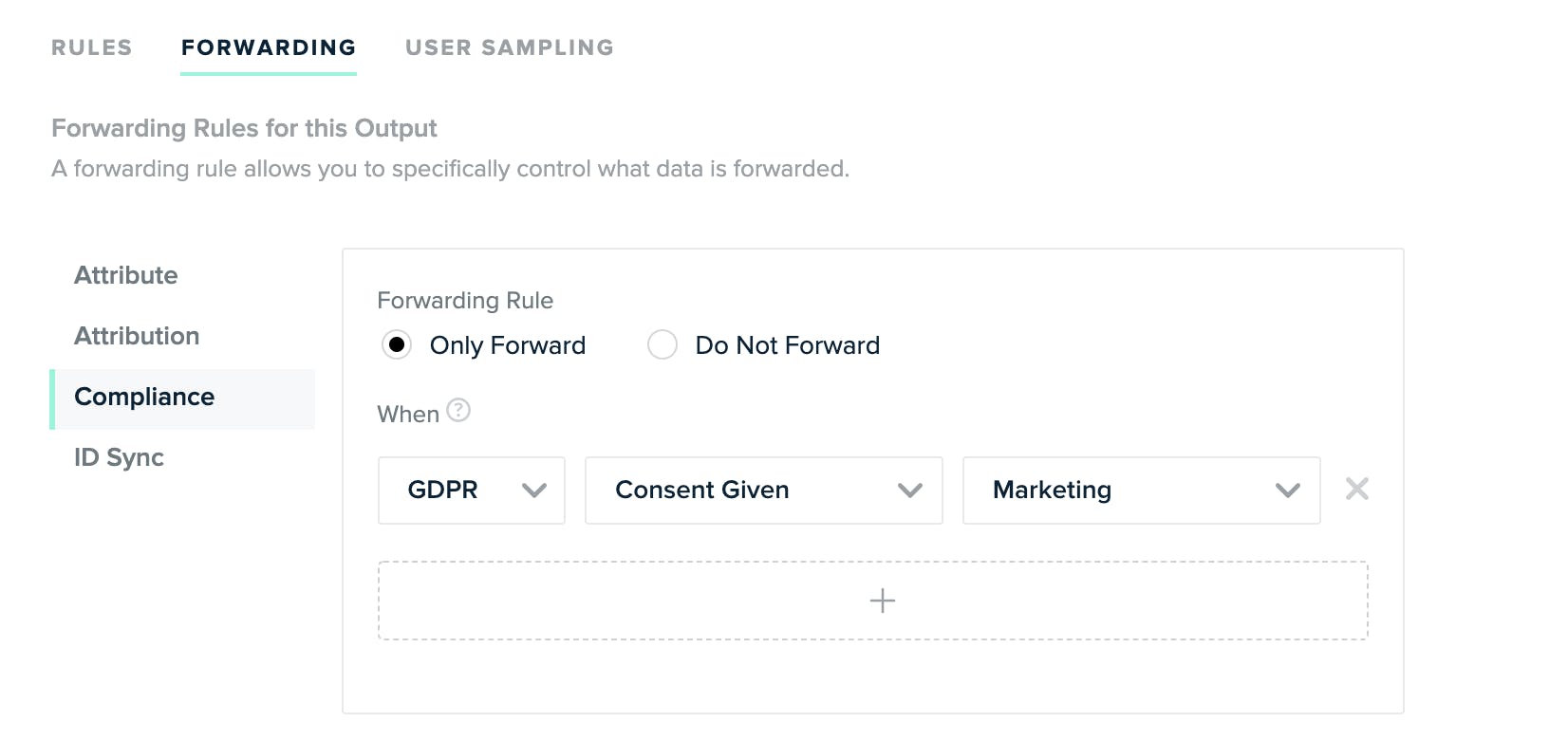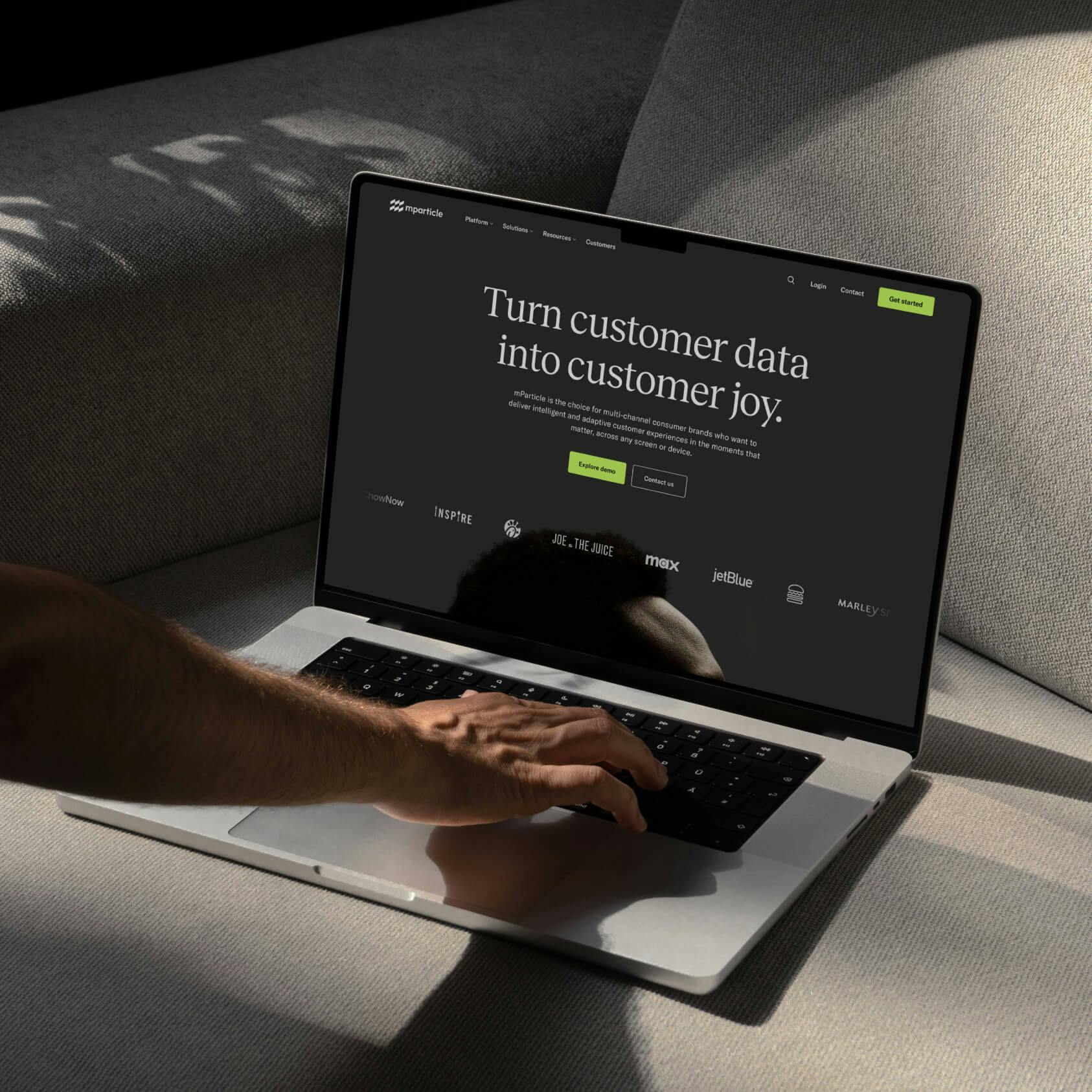How BD myShopi improved personalization while protecting consumer data privacy
BD myShopi connects consumers with exclusive deals from Europe's leading retailers. Learn how they leverage mParticle to present consumers with relevant offers while also supporting data privacy.

There’s nothing like scoring a great deal from a brand that you love. But the truth is most people don’t have the time to track their favorite brands and wait for jaw-dropping offers to come around.
For that reason, there’s an entire industry focused on connecting people with the deals they want. And the state of the market suggests that it’s here to stay–industry pioneer Groupon reported $1.4B in revenue in 2020, and in January, 2020, PayPal acquired shopping and rewards app Honey for $4B cash.
Belgium-based myShopi works with major European retailers to activate consumers by delivering exclusive promotions to their own user base of several hundred thousand monthly active users. The promotions myShopi provides include digital leaflets, cashback offers and ‘great deals’, loyalty cards, and personal shopping lists (which can be created in the myShopi mobile app).
The myShopi platform offers an extensive library of deals that users can pick and choose from. Additionally, part of myShopi’s engagement is generated by pushing relevant deals to customers through 1:1 messaging channels, such as email and push. As myShopi’s consumer base grows, the team is focusing on scaling their promotion programs by automating personalized messaging throughout the funnel. Delivering such experiences requires a clear understanding of each consumer’s particular interests and their consent preferences, as well as the ability to leverage that data to power triggered offers.
Streamline your website integrations
Learn which third-party integrations you could replace with a single SDK by adopting mParticle.

Making data-driven decisions isn’t always a sweet deal
Using consumer data to make strategic decisions and automate personalized experiences can be challenging without the proper data infrastructure in place. As customers engage with digital properties, data is often collected into a multitude of different systems. Each system has its own way of structuring events and attributes, managing consent preferences, and identifying users. Integrating data across systems requires enlisting data engineers to transform data sets and link disparate identifiers–a cumbersome and unsustainable process. A long-term storage data set may exist in a data warehouse, but often, the way in which this data is stored is not conducive to marketing use cases such as personalized messaging and advertising.
Without the ability to break down data silos, the myShopi product team was facing challenges around:
- Building a single view of the customer
- Centralizing consumer consent as per the GDPR
- Activating data for reporting visualization and automated messaging
Simplifying the consumer data pipeline with mParticle
The myShopi team implemented mParticle to accelerate the usability and time-to-value of their consumer data. Positioned at the foundation of the team’s data infrastructure, mParticle ingests user data from myShopi’s iOS, Android, and web platforms through mParticle’s native SDKs, as well as from from an internal database through the mParticle Custom Feed.
Working with a single, high-quality data set
As data is collected into mParticle from across sources, it is automatically unified to deterministic customer profiles, each tied to a unique identifier, allowing the myShopi team to access their entire data set in a single system without ad hoc engineering support.
mParticle has made it easier for us to identify what we want to track and how we want to track it, and has provided a more structured way for us to visualize the data that’s being gathered so that it can be activated more quickly.
Product Owner, BD myShopi
Accelerating time-to-value
Increasing the efficiency of data collection certainly saved the team time and resources, but only by activating that data could they use it to create value for their consumers. myShopi’s product team leveraged mParticle’s library of point-and-click integrations to forward data to their preferred marketing engagement, advertising, and analytics tools in real time without having to dedicate any engineering resources. By getting data into downstream tools through mParticle’s server-side connections, myShopi’s engineering team was relieved of having to implement and manage a client-side SDK for every tool the business wanted to use.
Furthermore, when myShopi wanted to migrate to a new email tool, the transition was as simple as deactivating one integration in mParticle and activating another–no client-side SDKs had to be ripped and replaced.
In addition to event forwarding, the team also began using mParticle Audiences to define their segments. Because a single mParticle Audience can be connected to multiple downstream destinations, myShopi was able to build each audience once, based off of a complete, high-quality data set, and connect it to numerous advertising systems, such as Google Ads and Facebook.
When previously required to build audiences in multiple systems, Sébastien described that it was “a challenge to get the data, identify the right attributes, create the right audience, and be able to use it to send a message. With mParticle it’s just five clicks, and you can push that audience to your marketing campaign tools really easily.”
Simplifying customer consent management
In order to cope with the changing digital environment and growing need to be in-line with GDPR guidelines, a central consumer data infrastructure was put in place. Using this centralized system, the myShopi team was able to manage data flows based on consumer consent state.
As consumers submit their consent preferences, mParticle ingests that data and ties it to the correct user identifier. By doing this, myShopi can use the mParticle’s User Activity View to search user records via the mP ID and validate the consent options (analytics, third-party tracking, etc.) a specific user has opted in to, in accordance with GDPR guidelines.
By using mParticle, myShopi is able to control the dataflow to each downstream tool by a consumer's specific consent state. If, for example, a consumer had opted-in to receive marketing communications, but no other purposes, the myShopi team can set up data forwarding filters allowing specific events/attributes to end up in the linked downstream tool.

When building the specific mParticle Audience, the team defines an audience rule based on consent status to ensure that the segment contains only opted-in customers.

When delivering their email newsletter, for example, myShopi excludes any customer profiles that have not opted-in to receiving emails from being forwarded from mParticle to their email tool, helping ensure that only opted-in customers receive the newsletter.
Putting consumer data to work
With mParticle implemented, the myShopi team was ready to start realizing more value from their data. Working with a large retail partner to transition consumers from an old loyalty card program to a new one, myShopi leveraged mParticle to power targeted messaging across channels.
The campaign had two goals:
- Convert all myShopi users with an old loyalty card to the new card
- Encourage users not part of the old loyalty program to create a new card and sign-up to the retailer’s loyalty program
To begin, the team created four Audiences in mParticle:
- Old card Holders (FR + NL)
- New Card Holders (FR + NL)
To build these audiences, they added attributes to their mParticle profiles that tracked whether a customer had a loyalty card from that specific retailer and whether they had the new or old card.
The audiences were connected to their messaging tool for push campaigns, to social media for sponsored posts, and to their email tool for the email campaigns. Sign-up-focused push notifications and emails were sent to all customers that did not have any loyalty card with the goal of recruiting those users to register for a loyalty card. Upgrade-focused push and email experiences were sent to all members of the Old Card Holders audience to get them to transition to the new loyalty card.
Essential to the success of the Audiences was mParticle’s real-time data processing capability. mParticle collects user data, updates profiles and audience memberships, and forwards data downstream in real time. This means that when powering a targeted offer with an mParticle Audience, any customers that convert will be removed from the Audience in real time, significantly reducing the risk of delivering a mistargeted message post-conversion and increasing return on ad spend (ROAS).
As myShopi activated the campaign messaging, all mParticle attributes were updated whenever a customer updated their card. This allowed the team to keep Audiences up-to-date and ensure messaging remained relevant during the next waves of marketing campaigns.
The team were able to convert and recruit a lot of myShopi users, ultimately resulting in an extremely successful campaign.
- 9%
- Increase in users signed up or transitioned to new card
- 6%
- Push notification open rate
- 32%
- Email open rate on users receiving offer to transition from old loyalty to card to new loyalty card
- 18%
- mail open rate receiving offer to sign-up for loyalty card for the first time
Additionally, the myShopi team also experienced a significant increase in efficiency by building their audiences in mParticle. As Sébastien describes, “Creating the audiences in mParticle was seamless. You could simply choose the right characteristics based on the attributes & loyalty cards_id users had while making sure all consents were accepted.”
The time required to process Audiences in multiple tools (and to cross check that users with a specific loyalty card had also accepted the consent) would have taken at least twice the amount of time it took them to process the Audiences in mParticle alone. Additionally, without mParticle, each of the four audiences built in mParticle would have had to have been built in each different marketing tool.
To learn more about the mParticle platform, you can explore our platform demo here.


